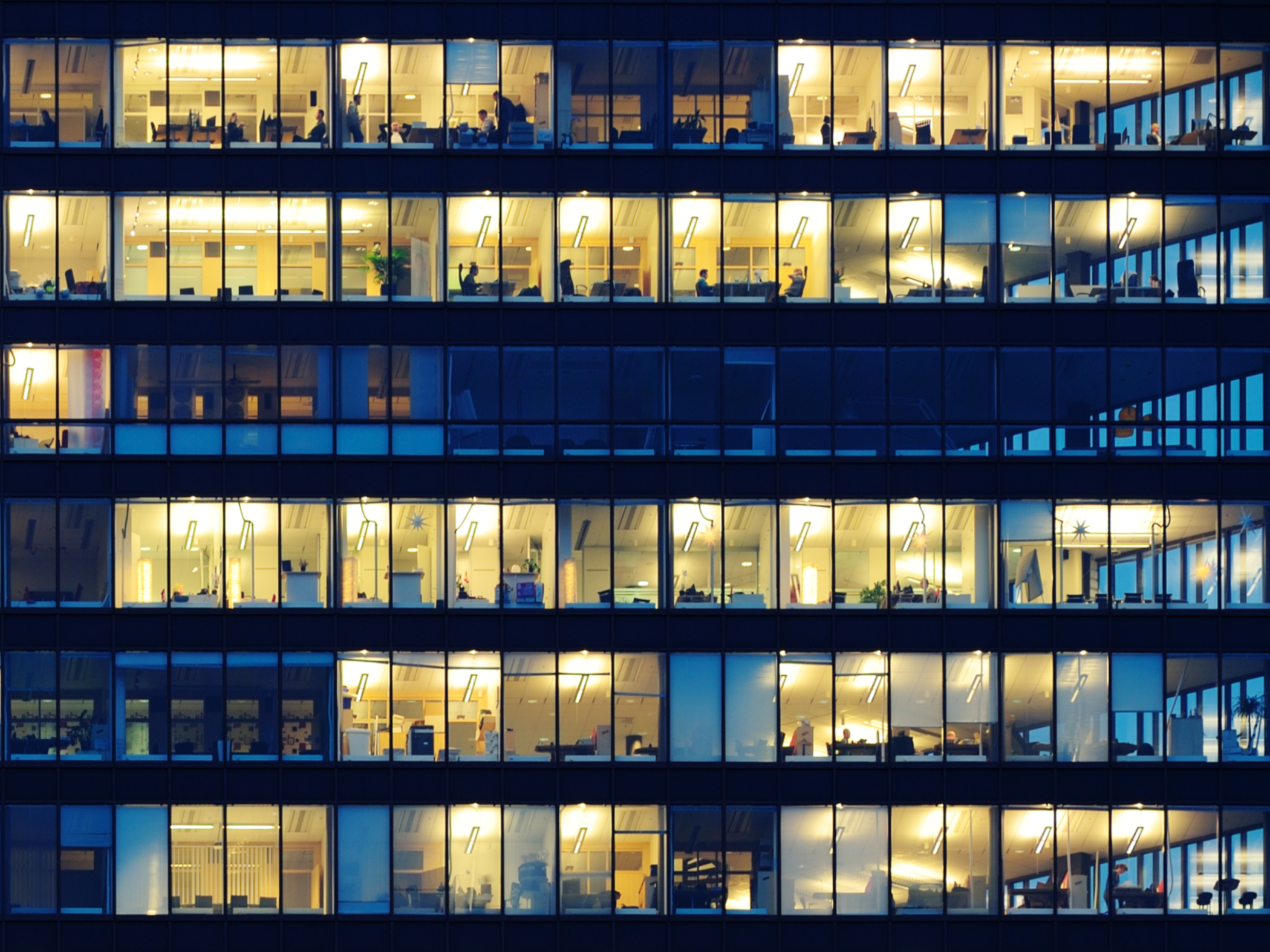Is your lighting system as efficient as it could be? Your facility may have a variety of energy-saving upgrades to choose from, but lighting is the low-hanging fruit. It's important to look beyond just switching out lamps, however. Today, there are a number of lighting technologies and strategies that can help you optimize savings and enhance your facility's visual appeal.
LED lighting
LEDs are the hottest technology in energy-efficient lighting, and for good reason. They provide a number of exciting benefits:
- Long operating life. LEDs typically have a rated life of up to 25,000 hours or more.
- Durability. Made from solid-state materials, LEDs are resistant to vibration and breakage.
- Excellent light quality. LEDs provide good color rendering and a directional light focus.
- Dimmability. LEDs are easy to dim with the proper controls.
- Instant on. Unlike fluorescent or HID lamps, LEDs come to full brightness instantly.
- Color tuning. On some LEDs, the color temperature or tone can be instantly changed from warm to cool and back.
- Vibrational resistance. LEDs offer much-improved vibration resistance vs. CFLs and incandescents.
- Cold weather operation. LEDs perform better in cold environments, making them perfect for refrigerator and freezer cases to reduce condensation.
LEDs are slightly more expensive than many conventional light sources. However, costs are decreasing, and their use is growing in various commercial settings. The energy efficiency of LEDs is a plus, but their dimmability and instant-on capabilities make them a perfect fit for integration with controls, where you can save even more.
Taking control
Even the most efficient lights waste energy when lighting empty spaces. Adding controls will help you eliminate that waste. Control strategies include timers, occupancy sensors, daylight harvesting and task lighting. These lighting control methods can be accomplished with built-in sensors, smart receptacles or central controls using protocols like the Digital Addressable Lighting Interface (DALI-2) and Power over Ethernet (PoE).
- Timers control lights according to pre-set intervals. Lights are automatically switched on or off according to your operating schedule.
- Occupancy or vacancy sensors automatically turn lights on and off as people enter and leave a space. They work best in settings with varying foot traffic, such as restrooms or break rooms.
- Daylight harvesting uses photocell sensors to measure light levels and dim lights or switch them off in response to control signals. Fixtures can be controlled separately for multi-level switching or dimming.
- Task lighting directs light where it's needed rather than over an entire area. Smaller, low-energy lamps bring the light source closer to the work area, reducing the need for overhead lighting.
Layering multiple control strategies optimizes savings. A review by the American Council for an Energy-Efficient Economy (ACEEE) found that combining controls saved nearly 40% on lighting energy costs.
Going wireless
Although wired lighting control systems have been in use for years, installing them can be time-consuming, costly and disruptive to your operations. Radio-frequency wireless control technology devices communicate through radio waves, eliminating the need for hard wiring. Compared to wired systems, wireless controls offer increased flexibility and scalability, as well as lower installation costs.
Getting smarter
Today's intelligent lighting controls don't just save energy; they also provide you with the data you need to reduce operating costs and improve your facility. What's so smart about intelligent lighting?
- Adaptability. Built-in daylight and motion sensors integrated with controls allow fixtures to adjust to the changing environment by dimming or switching off lights in response to daylight or occupancy levels.
- Measurement. Integrated power metering tracks the energy use of each fixture, allowing you to assess energy performance for specific areas or from an overall system perspective.
- Communication. Lights are networked together so fixtures can talk with each other and a central controller. Networking offers functions such as remote sensing, tracking and reporting.
Looking good
High-efficiency, high-quality LED lighting and the latest in smart controls — combine them, and you've got lower energy and maintenance costs and a more visually appealing and productive facility.

